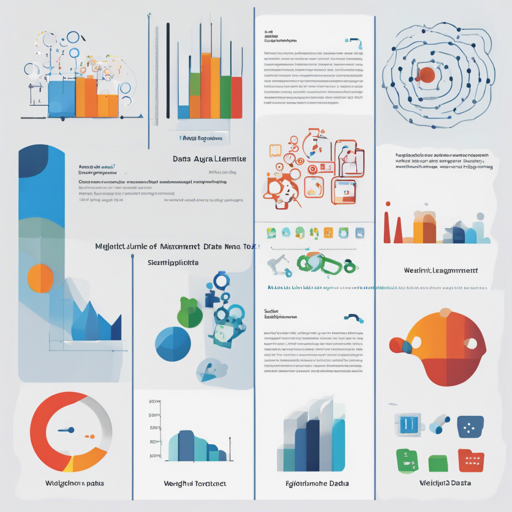Data manipulation is an essential skill in machine learning that allows us to enhance model performance by augmenting data and applying weighting algorithms. In this article, we’ll explore how to effectively implement data manipulation as described in the paper titled Learning Data Manipulation for Augmentation and Weighting by Zhiting Hu et al., presented at NeurIPS 2019.
Requirements
Before diving into the code, it’s crucial to set up your environment. You’ll need the following software:
- Python 3.6
pytorch==1.0.1pytorch_pretrained_bert==0.6.1torchvision==0.2.2
Understanding the Code Structure
The repository contains several scripts that serve different functions in data manipulation:
baseline_main.py: Implements a Vanilla BERT Classifier.ren_main.py: Based on the methods described in Ren et al..weighting_main.py: Implements the proposed weighting algorithm.augmentation_main.py: Implements the proposed augmentation algorithm.
How to Run the Experiments
You can run the scripts for your experiments by navigating to the scripts directory within the repository. Each script is designed to be functional as per the guidelines provided in the corresponding README.
Analyzing Results
The details of training logs and results can be found in the results directory. Keep in mind that due to different implementation details and random seeds, the result numbers may vary slightly from those in the original paper. However, the overall improvements over comparison methods will remain consistent.
Explaining the Results
To grasp the significance of the results, let’s use an analogy. Imagine you are a chef trying to prepare the best pizza. You have a standard recipe (the base model) that yields a decent pizza. Now, you decide to tweak it by adding special ingredients (augmentation) or using a top secret method to distribute your toppings more effectively (weighting). With these changes, the quality of your pizza improves dramatically. Similarly, in machine learning, by manipulating data through augmentation and weighting, we can significantly enhance the performance of our models.
Troubleshooting
If you encounter issues while running the scripts or understanding the results, here are some troubleshooting ideas:
- Ensure that all required packages are correctly installed and match the versions listed.
- Double-check your dataset and ensure it is organized in the expected format.
- Consult the training logs available in the
resultsdirectory for inconsistencies. - For advanced issues, feel free to seek help from the community or experts.
For more insights, updates, or to collaborate on AI development projects, stay connected with fxis.ai.
Conclusion
At fxis.ai, we believe that such advancements are crucial for the future of AI, as they enable more comprehensive and effective solutions. Our team is continually exploring new methodologies to push the envelope in artificial intelligence, ensuring that our clients benefit from the latest technological innovations.

